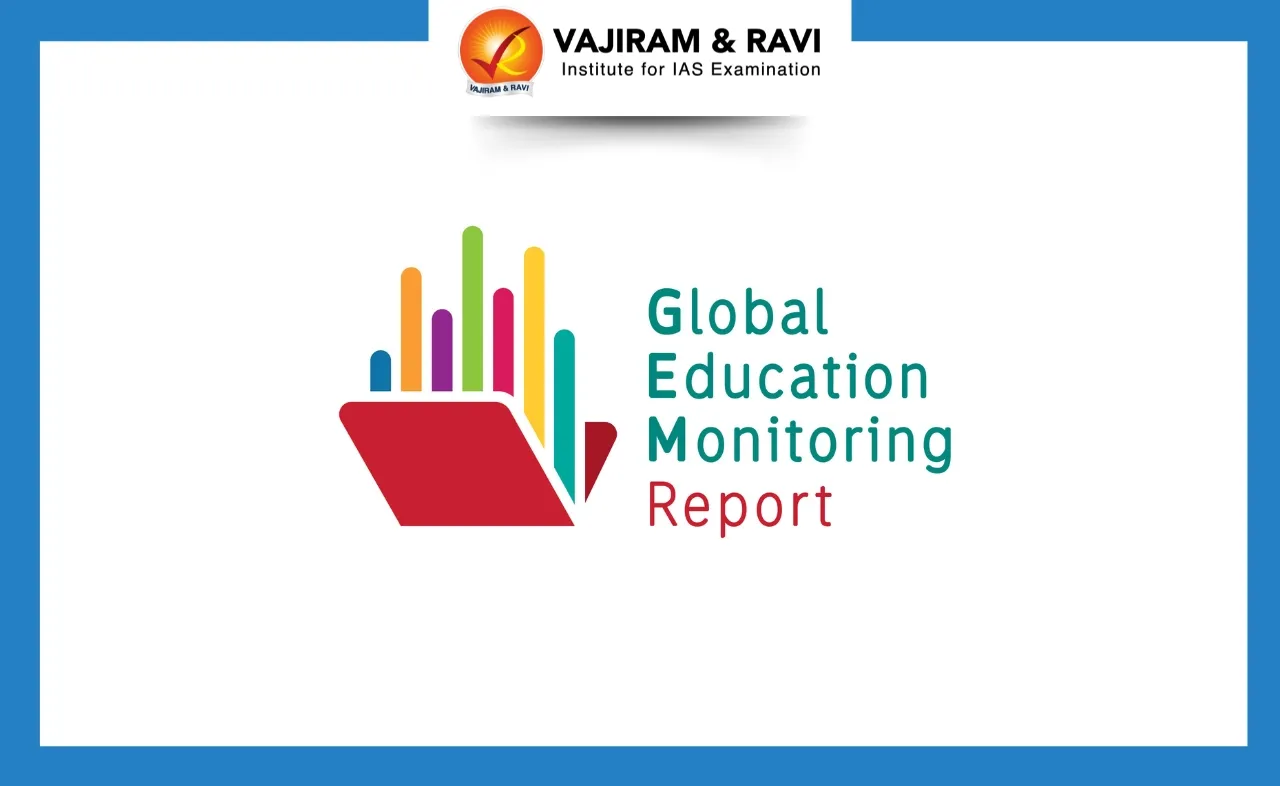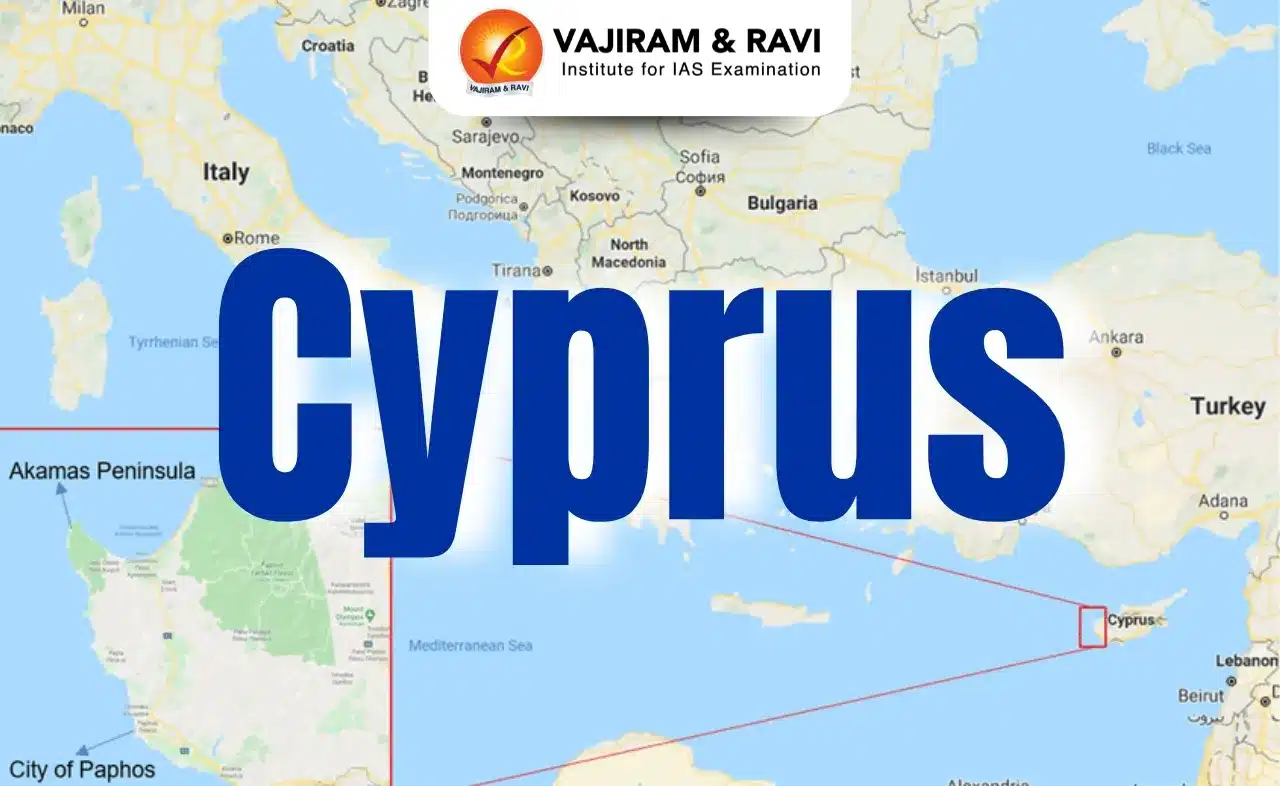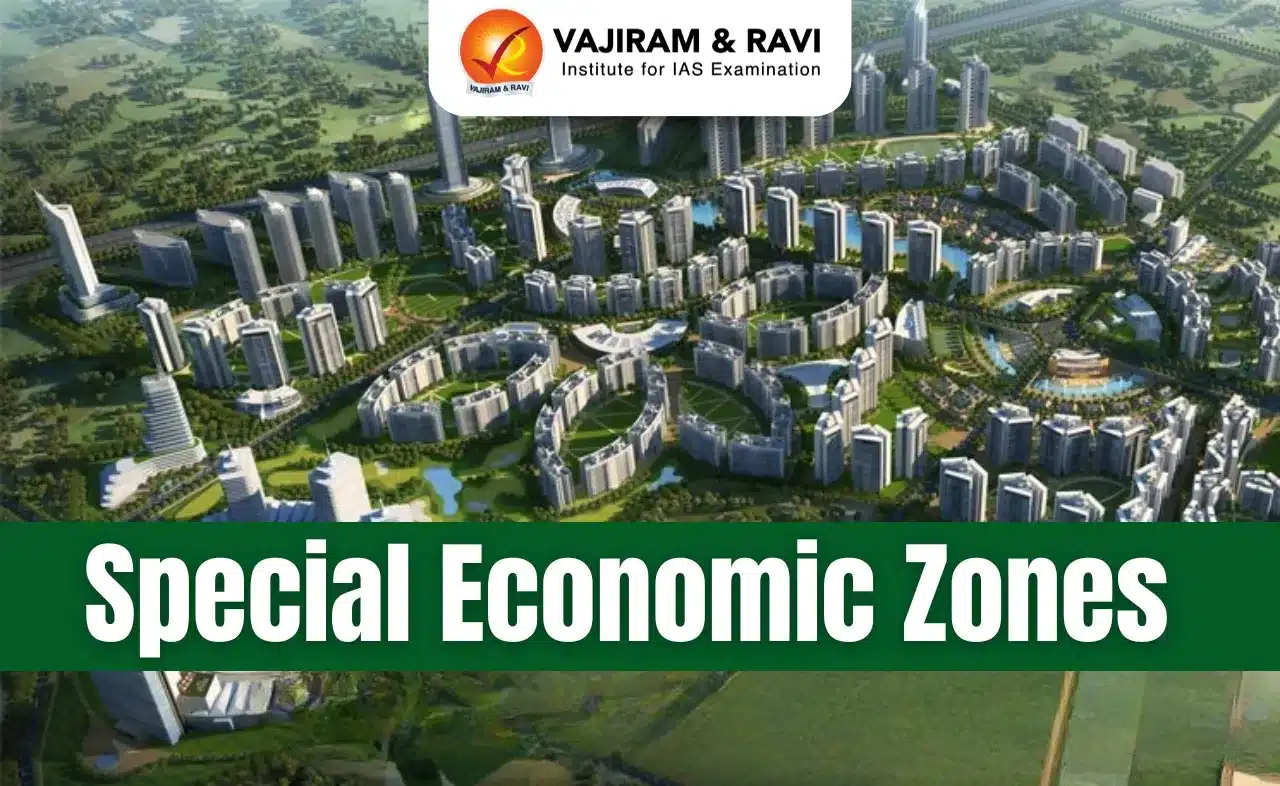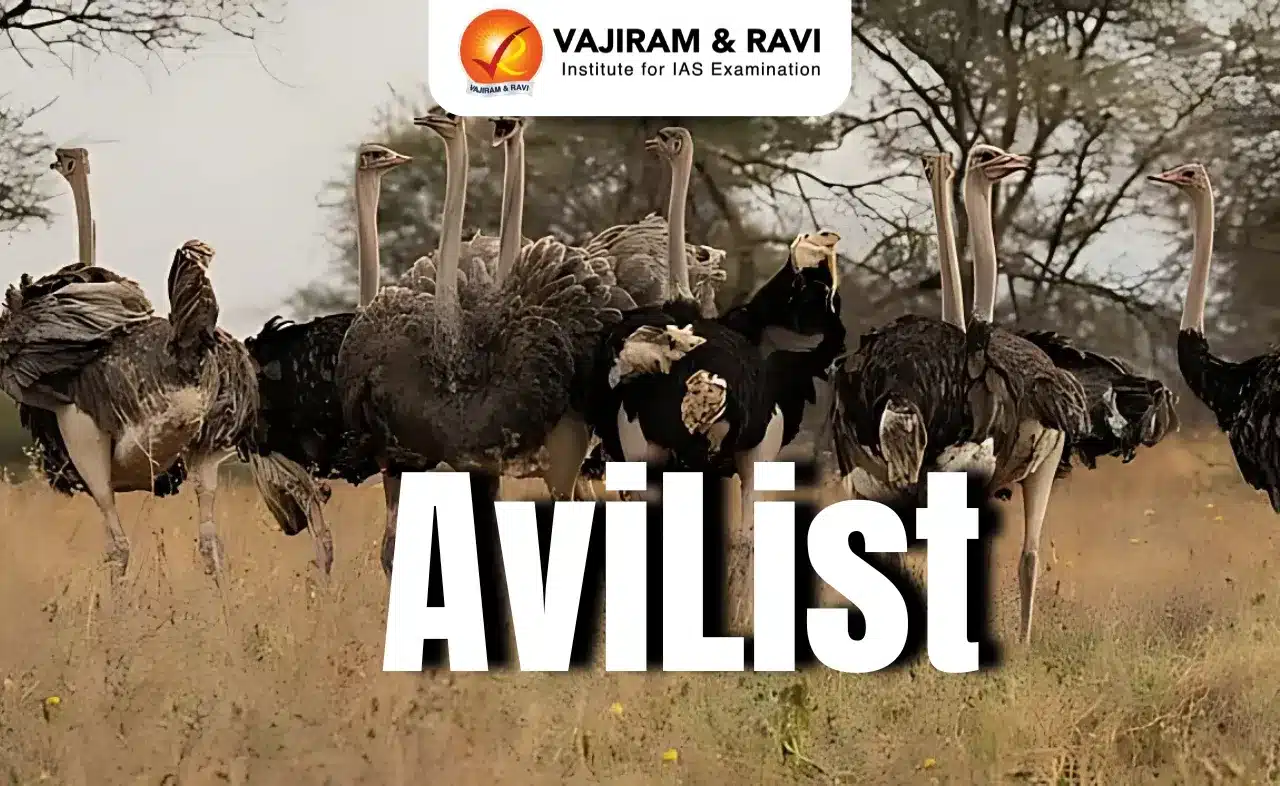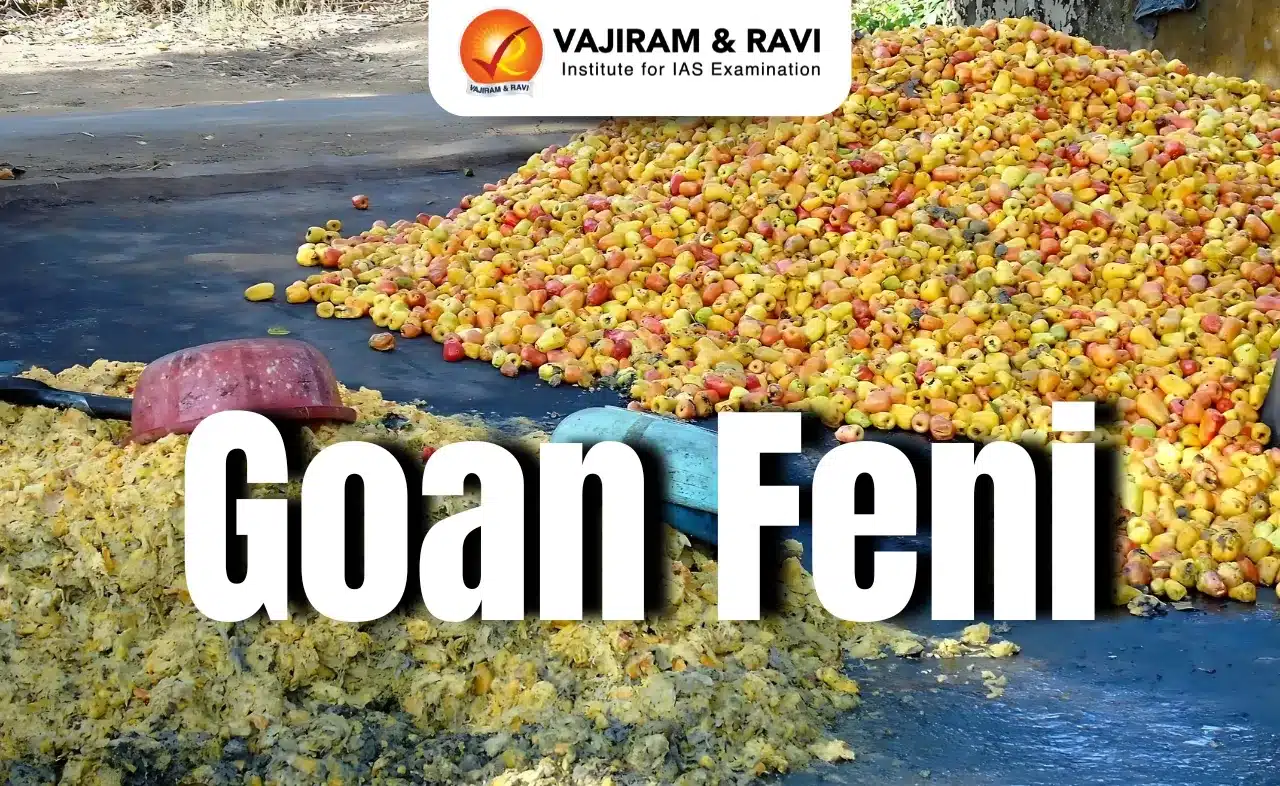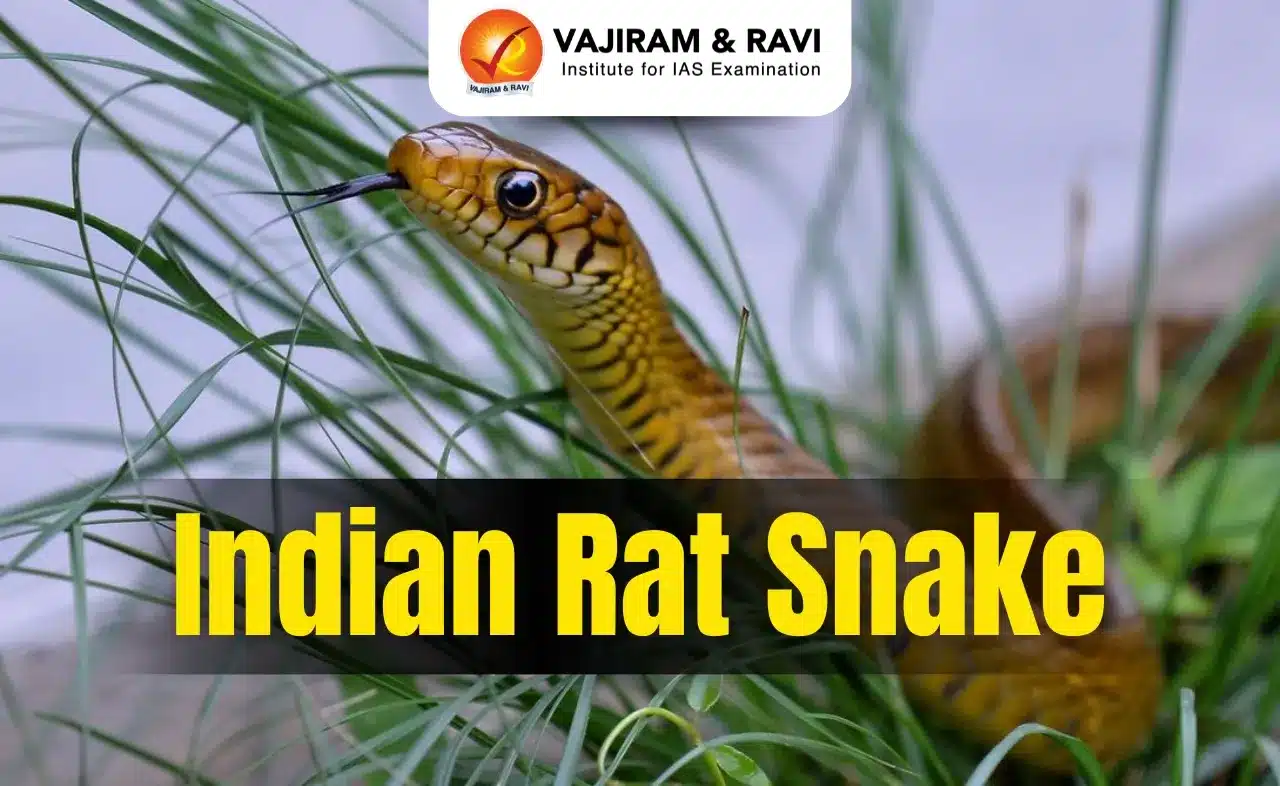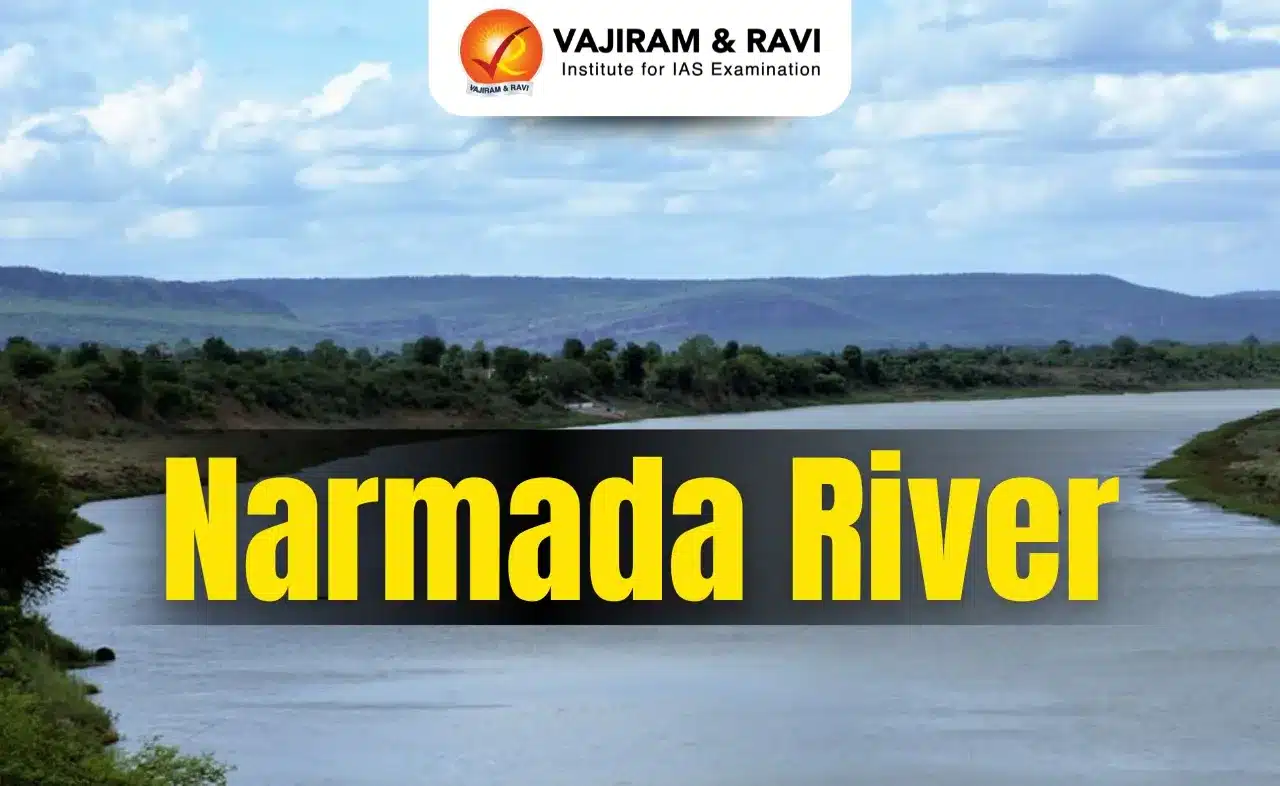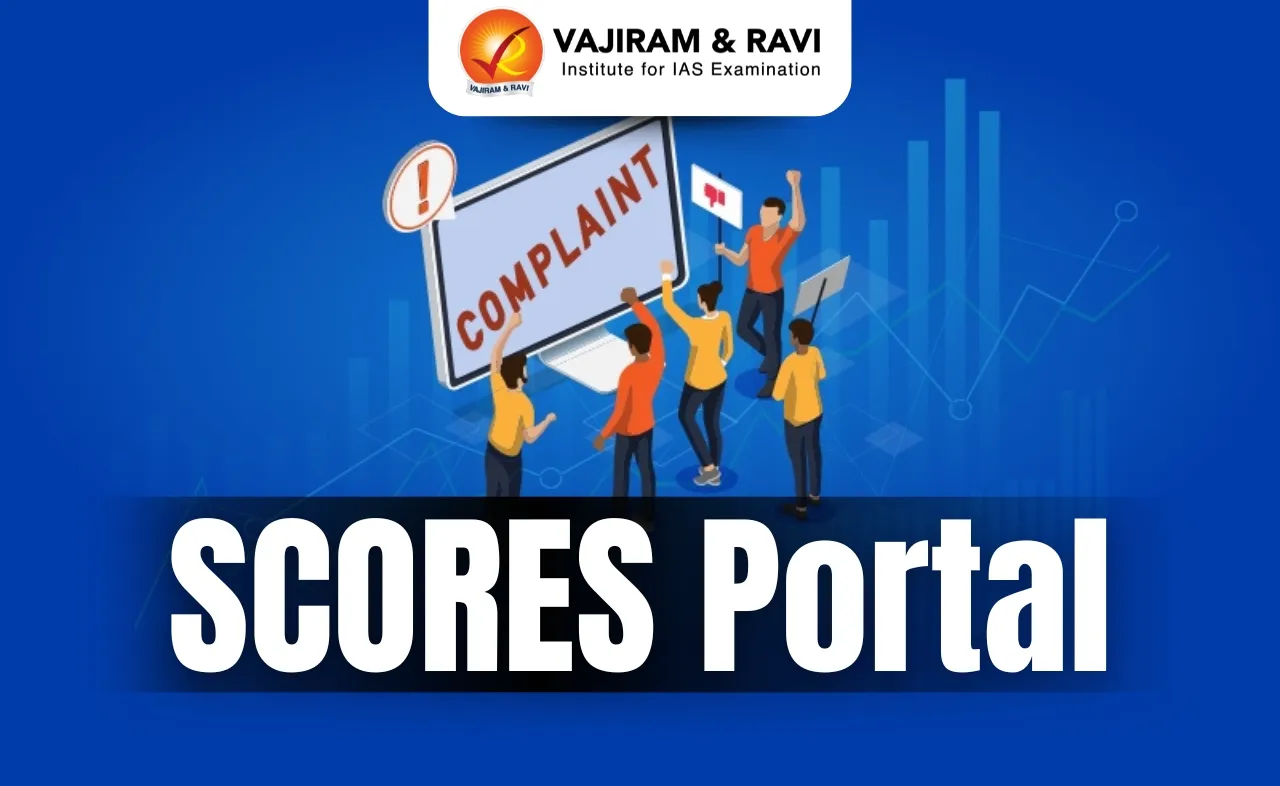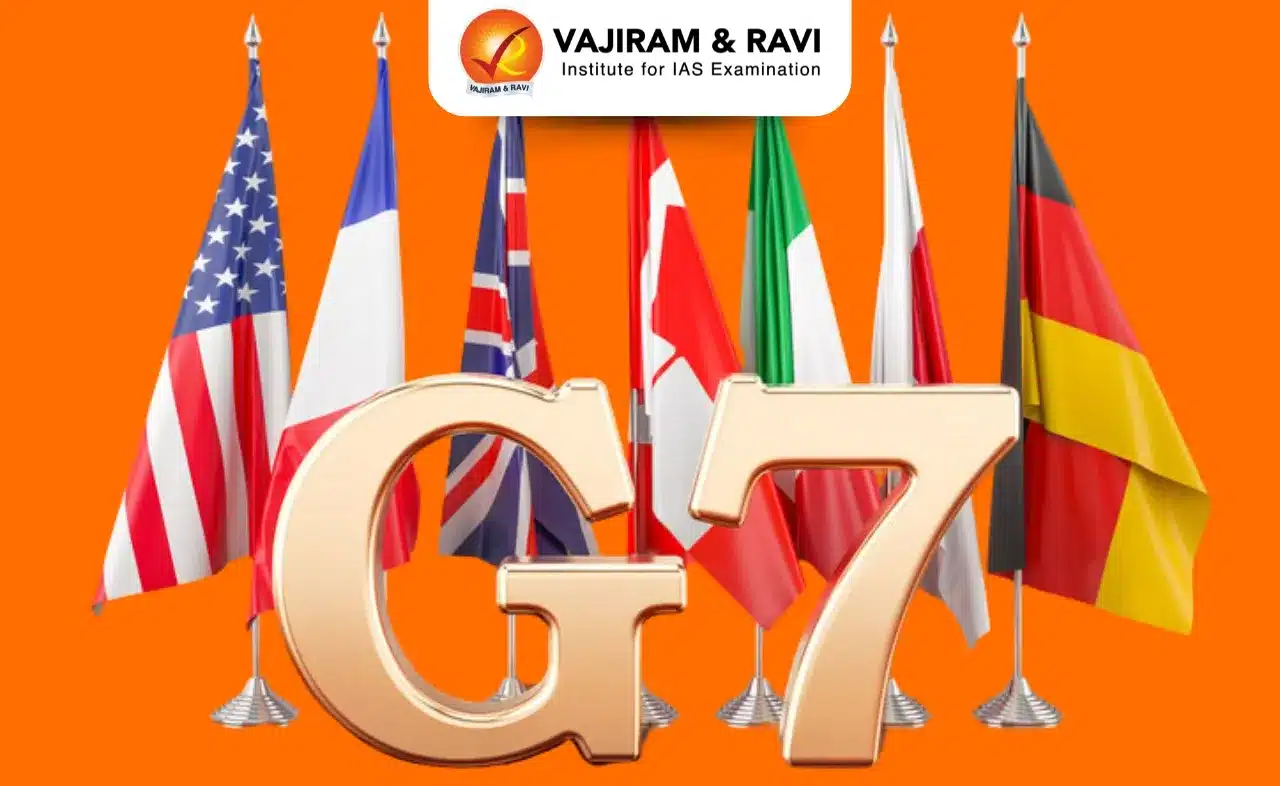Global Education Monitoring Report Latest News
According to the Global Education Monitoring Team (GEM) report the global out-of-school population is now estimated to be 272 million, over 21 million more than the last estimate.
About Global Education Monitoring Report
- It is an annual publication produced by UNESCO (United Nations Educational, Scientific and Cultural Organization).
- It is an authoritative and evidence-based assessment of progress, challenges, and trends in education worldwide.
- The GEM Report was launched in 2002 as the Education for All Global Monitoring Report and transitioned to its current name in 2016.
- Its primary purpose is to monitor and analyze global education trends and provide policy recommendations to governments and stakeholders to improve education systems and outcomes.
Highlights of the Report
- It has pointed out that by 2025, countries will be off-track by 75 million relative to their national targets.
- The out-of-school model estimates assume stable patterns of school-age population progression through the education system.
- The model used multiple data sources ( administrative, survey and census) to generate internally consistent trends of regional and global averages.
Source: TH
Global Education Monitoring Report
Q1: Who releases the Global education Monitoring Report?
Ans: UNESCO
Q2: What is the United Nations Economic and Social Council?
Ans: The United Nations Economic and Social Council (ECOSOC) is one of the six principal organs of the United Nations (UN) responsible for promoting international economic and social cooperation and development.

